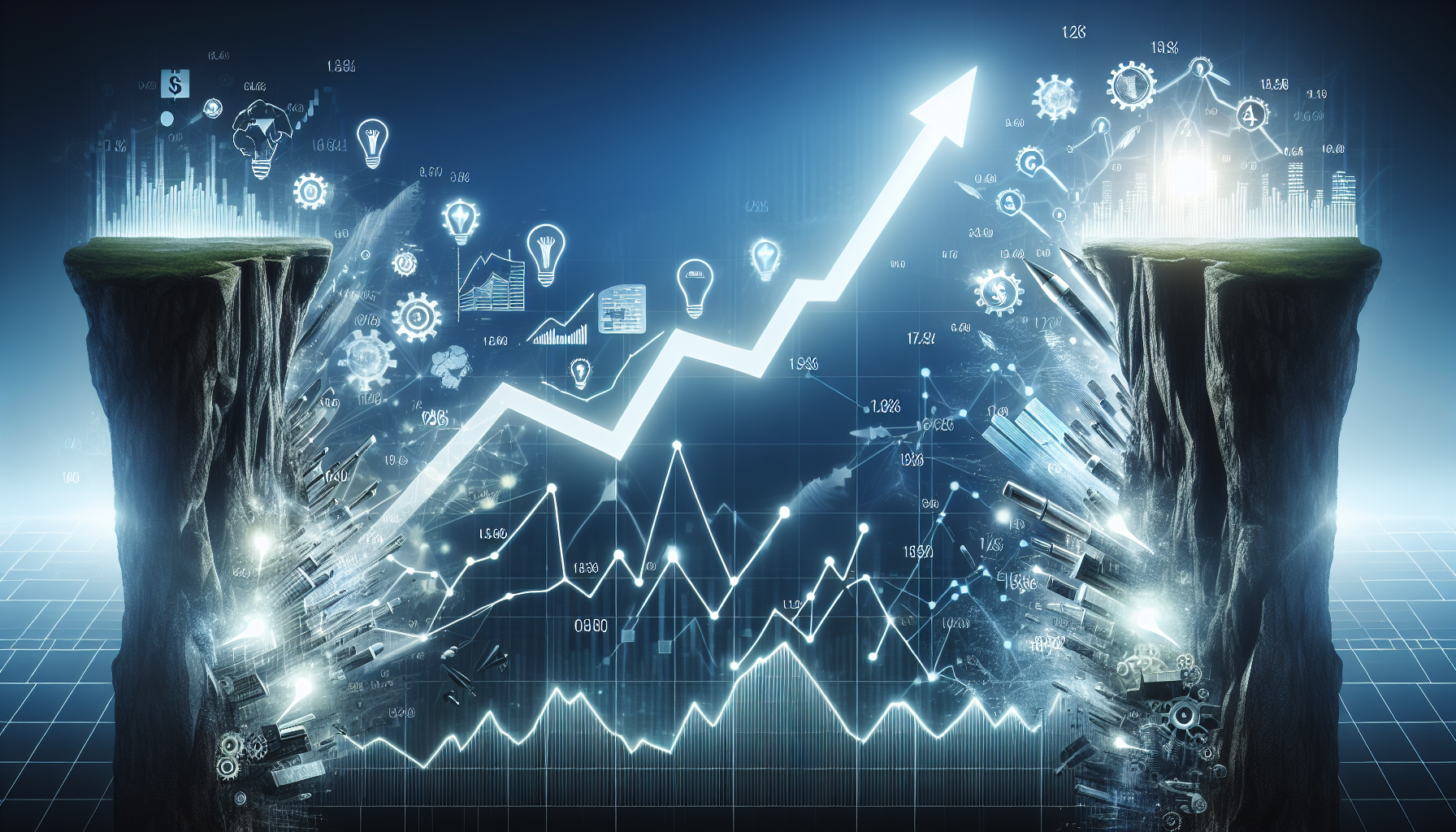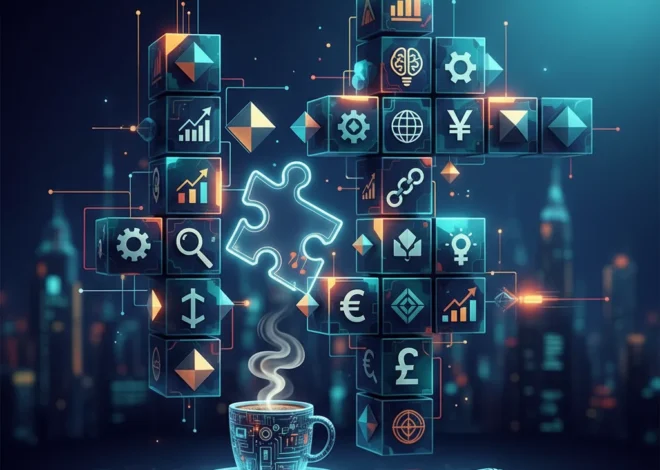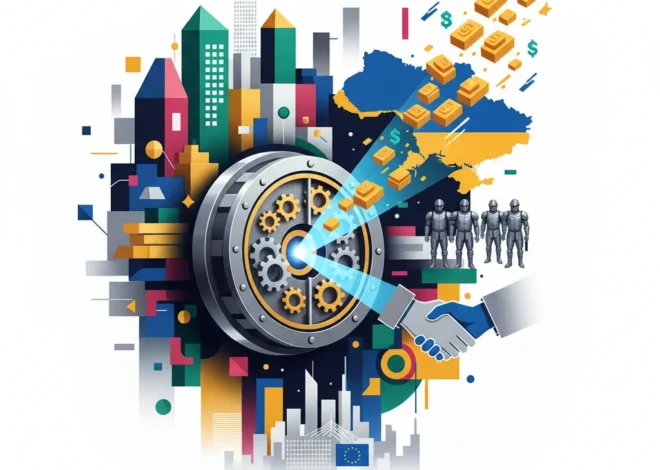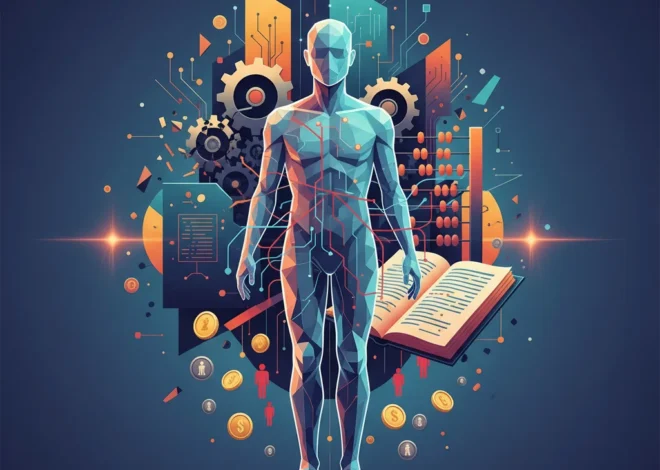
The Great Market Melt-Up: Are We Riding a Wave of Innovation or Heading for a Fall?
There’s a palpable electricity in the air of the global finance world. The stock market is climbing, major indices are charting new territories, and the narrative is overwhelmingly positive. At the heart of this optimism is the transformative power of Artificial Intelligence, a technological revolution promising unprecedented productivity gains and economic expansion. Pundits and investors alike are buzzing with a tempting idea: perhaps this isn’t a bubble. Perhaps this is a “good” bubble, one built on a solid foundation of genuine innovation.
But as portfolio values swell and FOMO (Fear Of Missing Out) reaches a fever pitch, a more cautious voice from the annals of economic history whispers a warning. This rapid, sentiment-driven surge has a name: a “market melt-up.” It’s the final, euphoric ascent before a potential steep decline. The critical question for every investor, from seasoned professionals to retail traders, is how to distinguish between a sustainable bull run and the precarious final act of a speculative frenzy.
Understanding the Market Melt-Up Phenomenon
A melt-up is not your typical bull market. While a healthy bull market is characterized by steady growth backed by strong fundamentals—like revenue growth, profitability, and a stable economy—a melt-up is a more emotionally charged event. It’s an accelerated rally where asset prices detach from their underlying value, propelled forward by a powerful wave of investor greed and the fear of being left behind.
Think of it as the market shifting from a strategic game of chess to a high-stakes sprint. The primary motivation for buying is no longer a company’s long-term prospects but the expectation that someone else will buy it for a higher price tomorrow. This speculative feedback loop can create breathtaking gains in a short period, but it also builds systemic instability. The higher the market climbs on sentiment alone, the further it has to fall when that sentiment inevitably shifts.
The Case for a “Good Bubble”: Is This Time Truly Different?
The argument that we are in a “good bubble” is compelling. Unlike the speculative manias of the past built on tulips or imaginary internet profits, today’s rally is anchored by a tangible technological shift. The advancements in AI, particularly in generative models and their application across industries, are not just hype. They are fundamentally changing how businesses operate.
Here’s why this narrative has such a strong pull:
- Tangible Productivity Gains: Companies are already integrating AI to streamline operations, enhance customer service, and accelerate R&D. This isn’t a far-off promise; it’s delivering real value and boosting corporate earnings, especially in the tech sector.
- Revolution in Financial Technology: The fintech sector is a prime example. AI algorithms are revolutionizing everything from high-frequency trading and risk management to personalized banking and fraud detection. This wave of financial technology is creating new markets and efficiencies.
- A New Economic Paradigm: Proponents argue that the economics of the AI era will rewrite the rules. Just as the internet unlocked decades of growth, AI could trigger a similar long-term supercycle of innovation and wealth creation.
From this perspective, the soaring valuations of certain tech stocks are not irrational. They are simply the market pricing in a future of explosive growth. It’s a bet on a paradigm shift, and in such times, traditional valuation metrics can seem quaint and outdated.
A Cautionary Tale from History: All Bubbles Burst
Before getting swept away by the euphoria, it’s crucial to look back. History provides a sobering counterpoint: even bubbles built on revolutionary technology eventually burst. The dot-com boom of the late 1990s is the quintessential example. The internet was, without a doubt, a world-changing technology. The bulls of 1999 were right about its long-term impact. However, they were disastrously wrong about the valuations of the companies involved.
For every Amazon that survived the crash and went on to dominate, there were hundreds of companies like Pets.com and Webvan that evaporated, taking trillions of dollars in investor capital with them. The lesson is clear: a breakthrough technology does not guarantee that every company associated with it is a good investment, especially at an infinite price.
The psychology of a melt-up is timeless. As prices rise, investors who were once cautious begin to capitulate. The narrative of “this time is different” becomes a powerful mantra, justifying ever-higher valuations. This is the point of maximum risk, where the “smart money” that got in early may be quietly heading for the exits, leaving retail and late-coming institutional investors holding the bag when the music stops.
The Modern Accelerants: Fintech, Trading, and Information Overload
Today’s market dynamics have unique features that could make a potential melt-up—and its aftermath—even more dramatic. The democratization of investing through fintech platforms has empowered a new generation of retail traders. While this increased access is positive, it can also amplify market volatility. Commission-free trading and fractional shares make it easier than ever to jump on speculative trends.
Furthermore, the financial ecosystem is more interconnected than ever. The lessons from speculative assets in the blockchain space have conditioned many to accept extreme volatility as normal. While blockchain offers its own set of technological promises, the boom-and-bust cycles seen in crypto markets highlight the dangers of hype-driven investing. The central role of banking institutions and their monetary policies, particularly the anticipation of interest rate cuts, also


